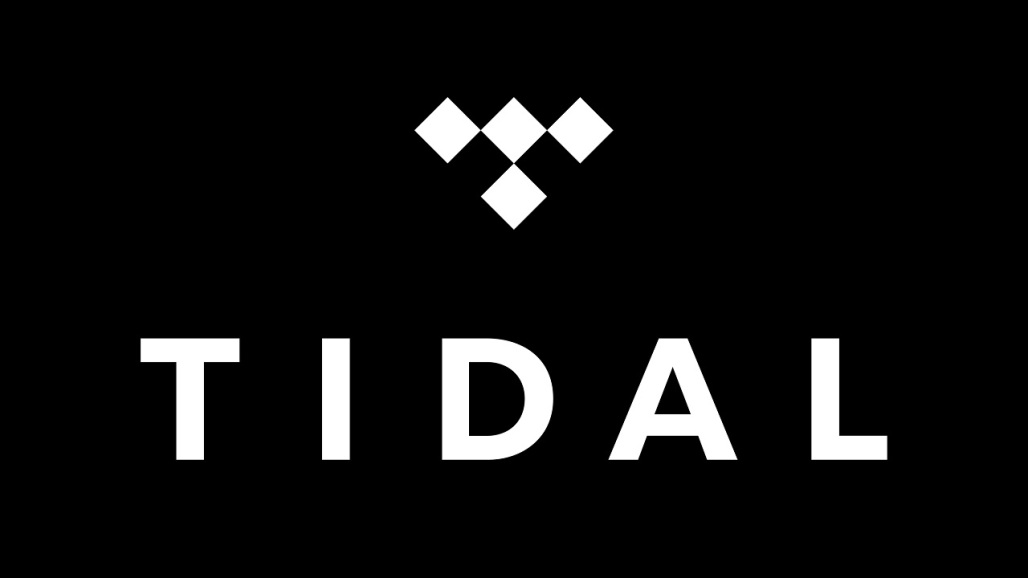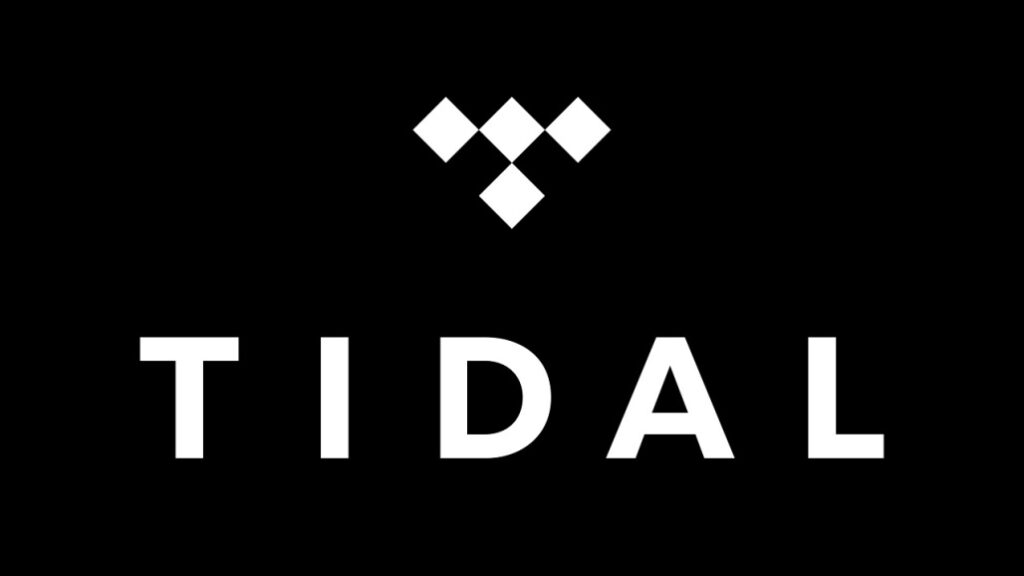
PROS
- Excellent sound quality
- Optional hi-res audio tier
- Long-form editorial pieces
- Music-focused podcasts
- Exclusive backstage content, live streams, and concerts
- Lyrics
CONS
- The free tier lacks Tidal’s defining perks
- Relatively expensive
Tidal was launched in 2014, with a promotional video featuring Jay-Z and other musicians claiming it would be the future of music streaming. Despite this, the high-quality sound, editorial focus on music, and fair artist compensation offered by the service have proven Tidal to be a strong contender in the industry. Additionally, a free tier with occasional ads has recently been introduced, offering a more casual listening experience alongside the premium options. According to our editors, Tidal’s unique features make it a top choice among streaming music services.
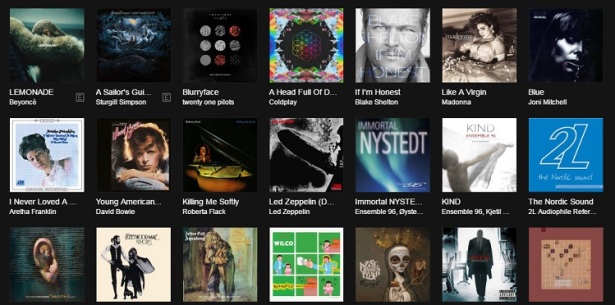
Tidal’s Plans
Tidal has several subscription options, including a new free plan. The free plan allows you to access over 80 million songs and skip as much as you want. However, the sound quality is limited to 160kbps, and the listening experience includes short ads every 10-15 minutes. Additionally, the free plan does not include access to music videos, lyrics, offline listening, or high-quality audio.
While YouTube Music also offers a large selection of music for free with just an email sign-up, Tidal’s unlimited skips, few ads, and extensive official music library are still notable features. However, the main appeal of Tidal is likely its high-quality audio rather than its free music options.
Tidal’s HiFi plans to offer high-quality audio streaming at different price points. The basic plan, which costs $9.99 per month, streams music in the lossless FLAC format at 1411kbps and includes features such as lyrics, music videos, offline listening, and no ads. The HiFi Plus plan, at $19.99 per month, includes all of these features and a selection of higher-fidelity Master-quality audio tracks streamed at 9216kbps. However, not all of the music on Tidal is available in hi-res audio, and Tidal’s pricing is more expensive than Amazon Music Unlimited’s HD and Ultra HD quality options, which cost $9.99 per month. That said, Tidal offers many features that Amazon Music Unlimited does not.
Tidal offers family plans at different prices similar to those offered by Apple Music and YouTube Music. The Premium Family Plan costs $14.99 per month, and the HiFi Family Plan costs $29.99 per month, covering up to six people. Discounts are available for students, military personnel, and first responders. Tidal also provides a 30-day trial period for its premium services, during which you can try the service before committing to it. You will need to provide your credit or debit card information to participating in the trial.
Supporting artists is a key principle for Tidal. With a HiFi Plus account, 10% of your subscription fee is directed to the artists you listen to the most, and artists also receive royalties based on your streaming habits as a fan.
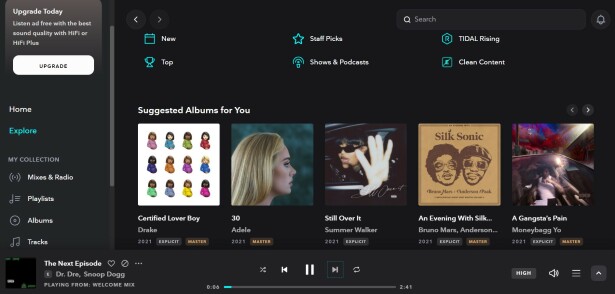
Premium Content
Tidal offers premium content, including original articles with embedded music, podcasts, and exclusive video content. These features focus on music and art, and provide information about artists and their histories. Tidal’s emphasis on the stories behind the music sets it apart from other services. However, this premium content comes at a higher cost.
Tidal’s exclusive video content includes music videos, behind-the-scenes footage, and concert previews. Both HiFi and HiFi Plus subscribers have access to this content. The main difference between the two subscription tiers is the availability of lossless music streams. Tidal subscribers can also attend exclusive streaming concerts.
It is important to note that Tidal does not allow users to record its streaming audio. If you are looking for a service that allows you to do this, you may want to consider SiriusXM Internet Radio, a top choice for streaming audio services that focus on live audio.
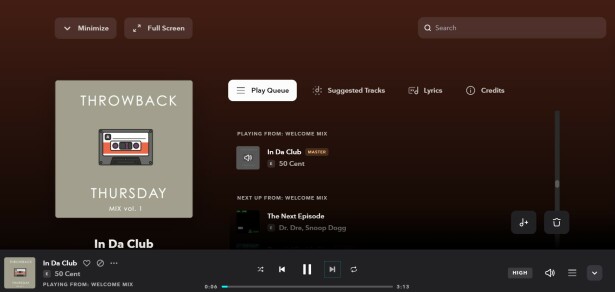
Catalog and Playlists
Tidal’s interface is similar to other music streaming services. In the Explore section, you can browse through the latest tracks and albums, and the Discover tab offers suggestions for new and rising artists in various genres. The Hits and Classics tab is filled with popular songs from the past and present.
Tidal has many themed playlists organized by mood, time of day, and special events. These playlists, similar to those offered by the now-defunct service Songza, are divided into genres and offer a range of music from different eras. Tidal’s playlists include “Denim & Leather,” which features metal music from the 1970s and 1980s, and “Jazz Got Soul,” which includes soul and R&B-infused jazz from artists such as Nina Simone and Gregory Porter.
Tidal’s interface also includes sections for new albums, individual tracks, and video content. Users can discover music by browsing through different genres or using the search function. The Android and iOS apps allow users to download music for offline listening.
Tidal has a comprehensive music library, with agreements in place with major labels such as Sony, Universal, and Warner and many independent labels. The service offers a wide range of popular artists and lesser-known indie bands. In addition, Tidal has a selection of film and video game soundtracks, including high-quality versions of tracks like Vangelis’ “Blade Runner Blues.” Overall, Tidal’s music catalog is extensive.
Tidal has made updates to its playlist features to stay competitive and current. Users can now easily share playlists through profiles, which replace the “My Collection” section of the app. When you create a profile, all of your saved content is transferred to it, and you can publish your playlists for other Tidal users to access, similar to Spotify.
Tidal is currently testing a DJ feature that allows HiFi Plus users to share songs or playlists with other paying subscribers in real-time. This feature is available only to users enrolled in Tidal’s Early Access Program and iOS users. While it is still in testing, this feature has the potential to give Tidal an advantage over other platforms when it becomes widely available.
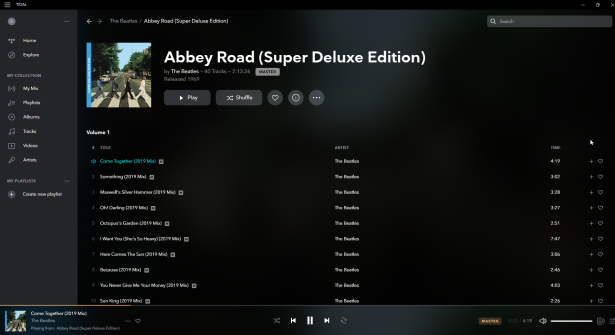
The Tidal Listening Experience
Tidal HiFi uses the FLAC format to provide over 70 million lossless tracks, which are of higher quality than standard MP3s or basic, compressed streams offered by most competitors. Only Amazon Music Unlimited offers a similar level of quality with its HD streams.
In testing, Tidal HiFi provided clear, high-quality audio, allowing individual instruments to be easily distinguished, as was the case with Steely Dan’s “Black Cow.” However, the improvement in audio quality was not as noticeable for some tracks, such as Kavinsky’s “Nightcall,” compared to a stream of the same track on LiveOne.
Tidal HiFi provided an especially impressive listening experience with D’Angelo’s “Untitled (How Does It Feel?),” which had a fresh, energizing sound that made it difficult to resist replaying. While the lossless sound may feel unfamiliar compared to the compressed quality of MP3s, it becomes hard to go back to standard streams after spending some time with Tidal HiFi.
Tidal’s HiFi Plus streams also provide excellent sound quality, as demonstrated by the clarity of Jon Bonham’s hi-hat work in Led Zeppelin’s “The Lemon Song” when played in Master-quality sound. Amazon Music Unlimited also offers a selection of super-HiFi audio, known as Ultra HD, which is slightly lower quality than Tidal’s Master tracks but still double the quality of Tidal’s HiFi. This makes it a good alternative for users who are also Amazon Prime members.
Tidal offers millions of Master-quality tracks in various genres, including classic albums like The Beatles’ Abbey Road, David Bowie’s Young Americans, Fleetwood Mac’s Rumours, Jay-Z’s American Gangster, and Stone Temple Pilots’ Core. The service is continuously adding new tracks from artists and labels.
Tidal provides top-notch audio quality, but it is not the best option for those who are not serious about their audio equipment. To fully appreciate Tidal’s high-quality audio, you will need high-quality headphones. It is also worth noting that Tidal does not allow users to purchase hi-res music like Qobuz does.
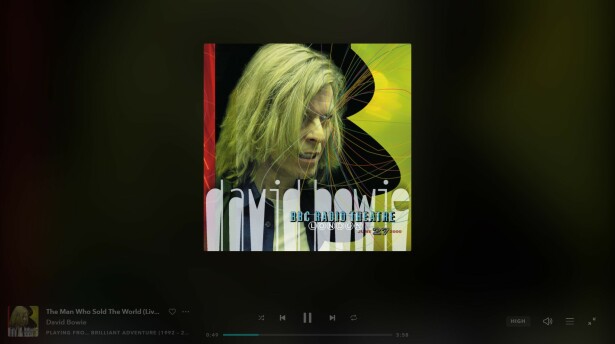
Tidal Wave
Tidal is a great option for those willing to pay for a premium listening experience with its curated playlists, exclusive albums, video content, and high-quality audio. The service is also developing a feature that allows users to share playlists and listen to music in real-time. Despite its high cost, Tidal is a top choice for streaming music services and is recommended by editors. However, if you are looking for hi-res audio with album notes and the option to purchase music files, you may want to consider Qobuz. Apple Music also offers hi-res audio, along with Dolby Atmos and Spatial Audio support.
If this article is helpful for you, please share this article with your friends on social media. Thank you!!
This article is based on the personality of the reviews. You are responsible for fact-checking if the contents are not facts or accurate.
Title: Tidal is the best streaming option for people who are very particular about the sound quality of their music
